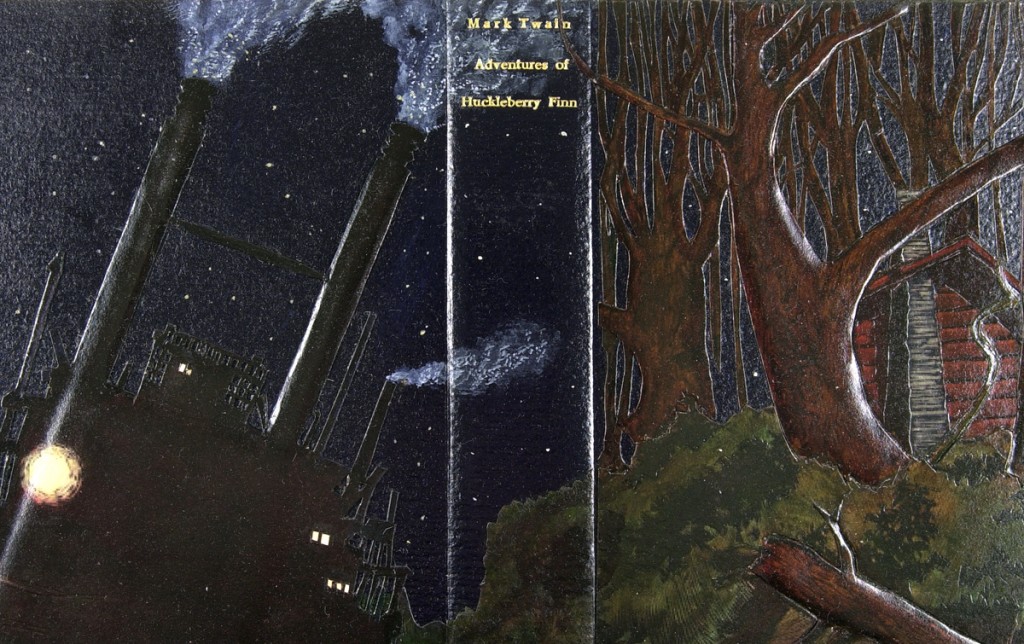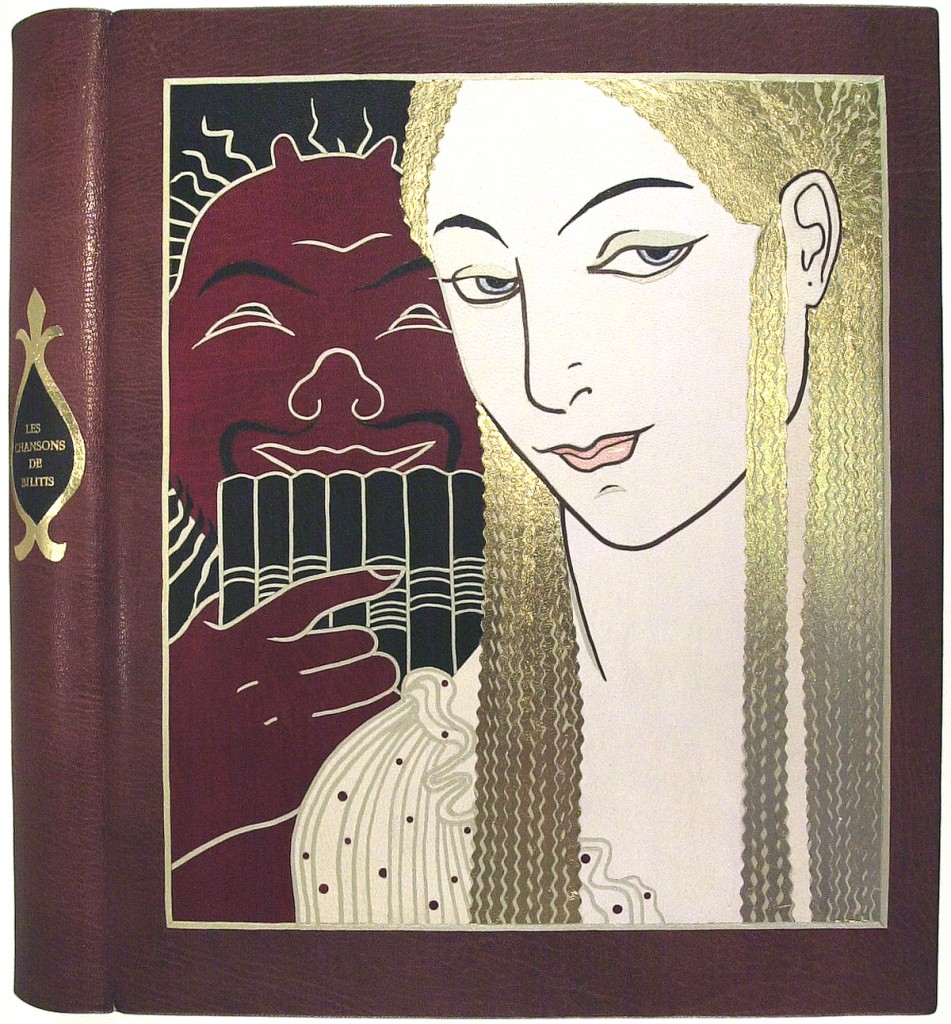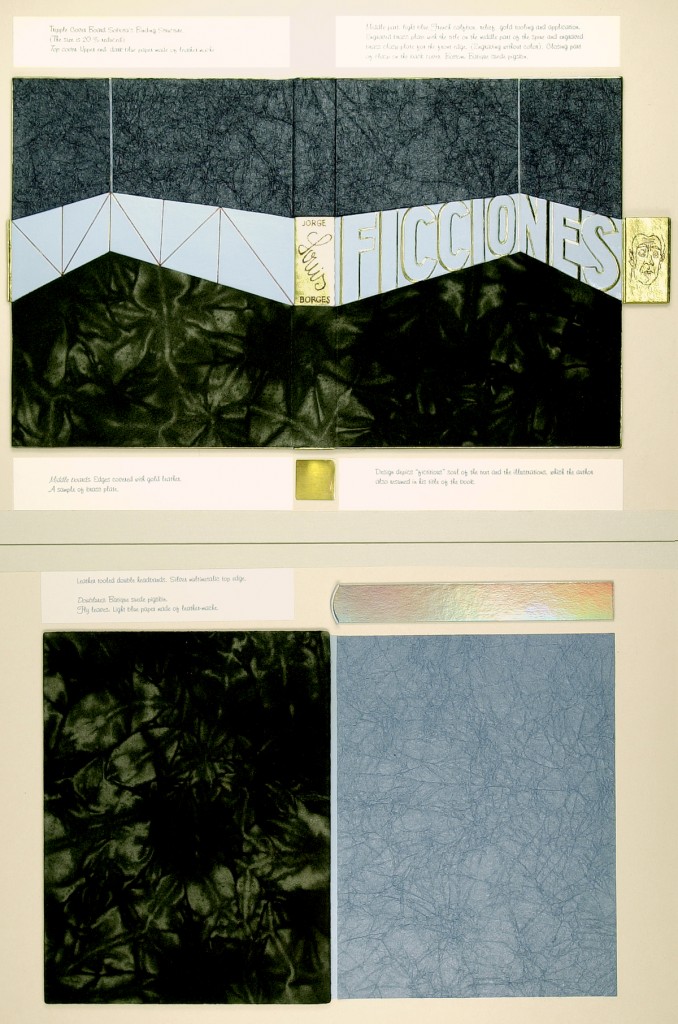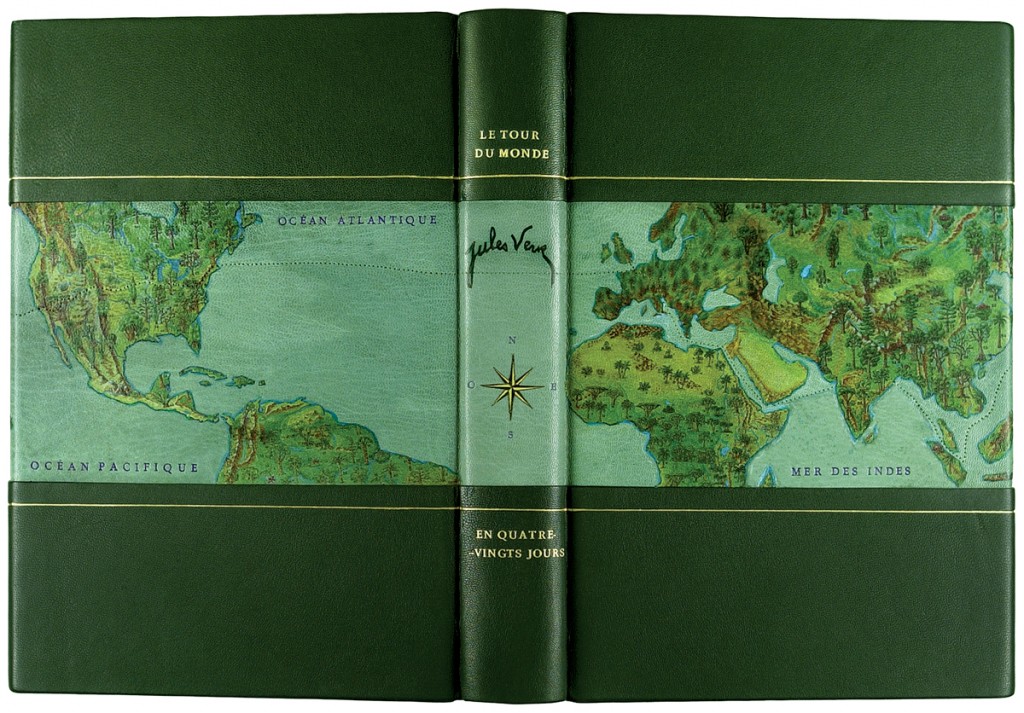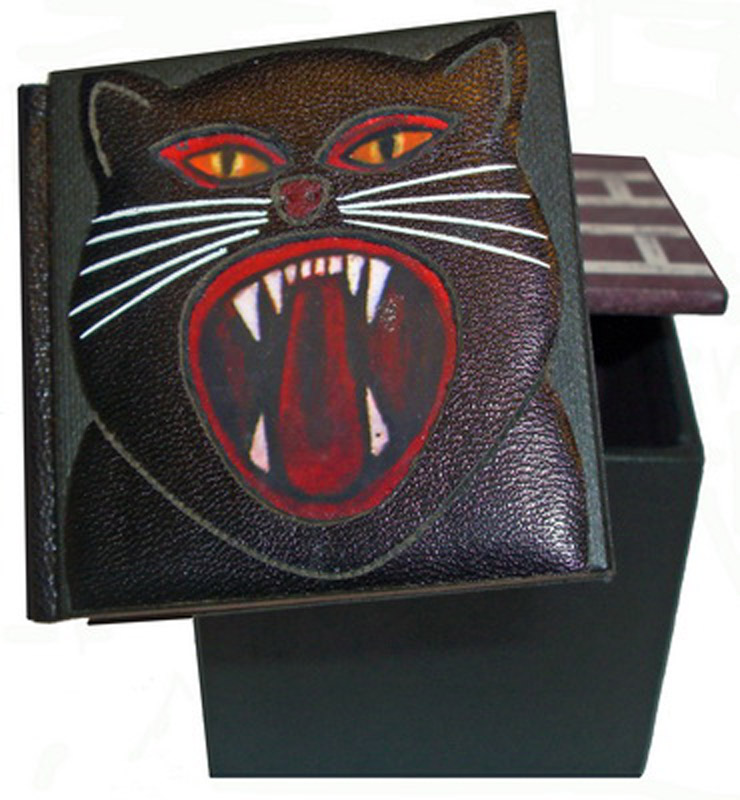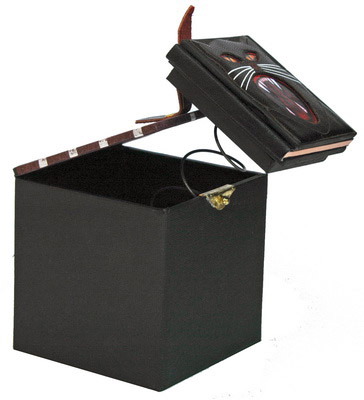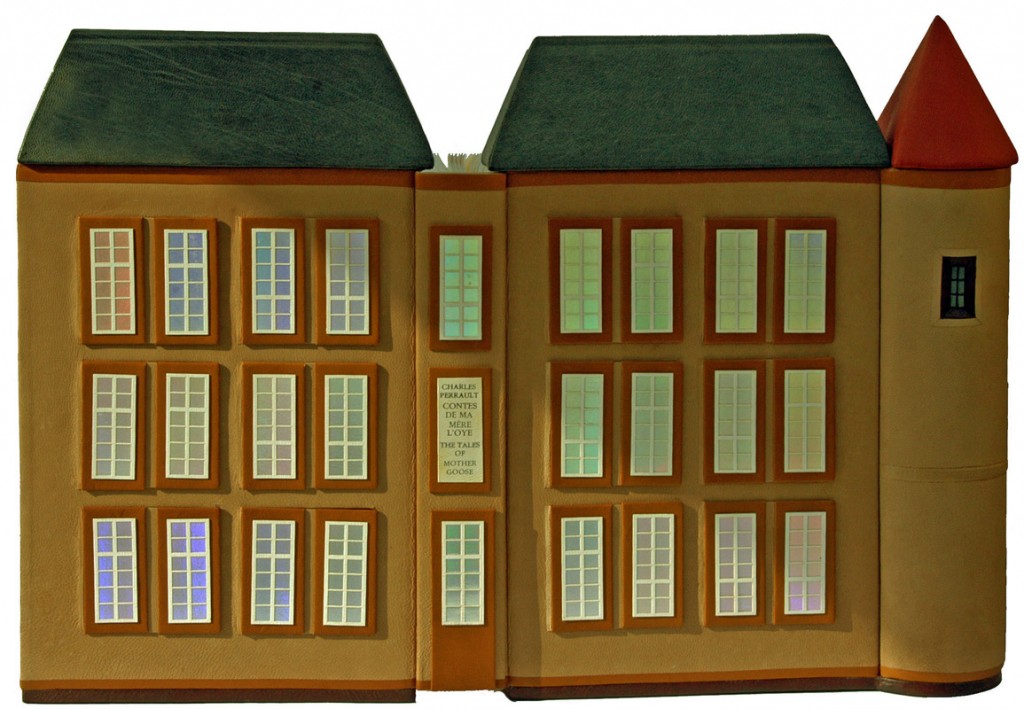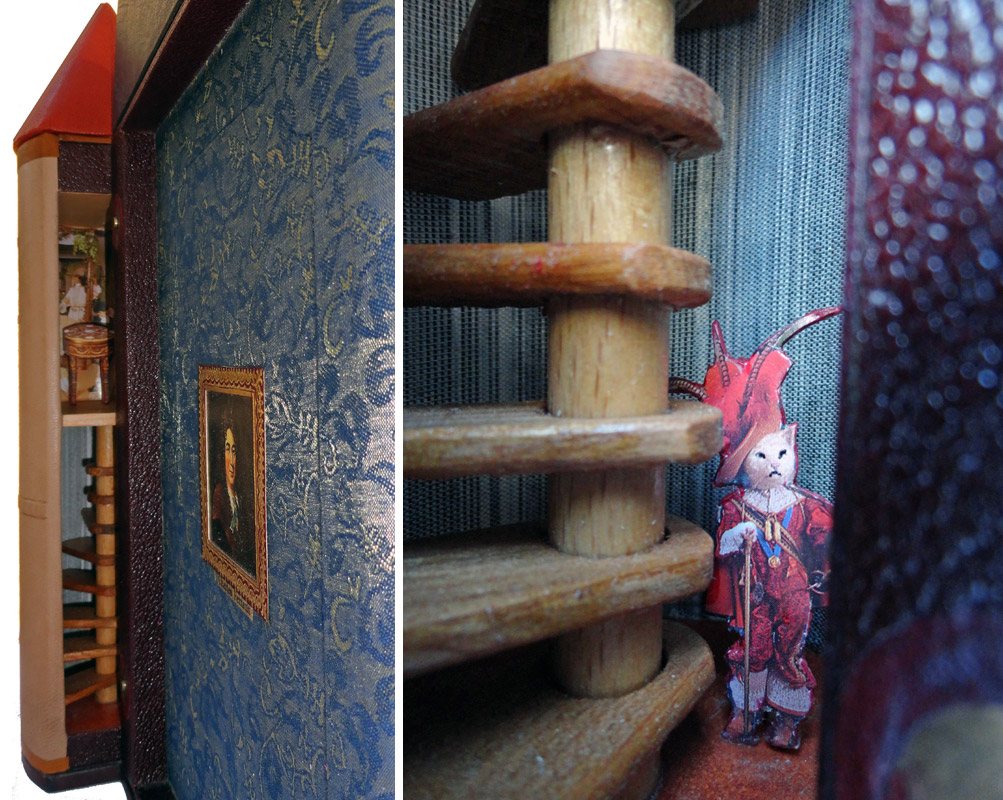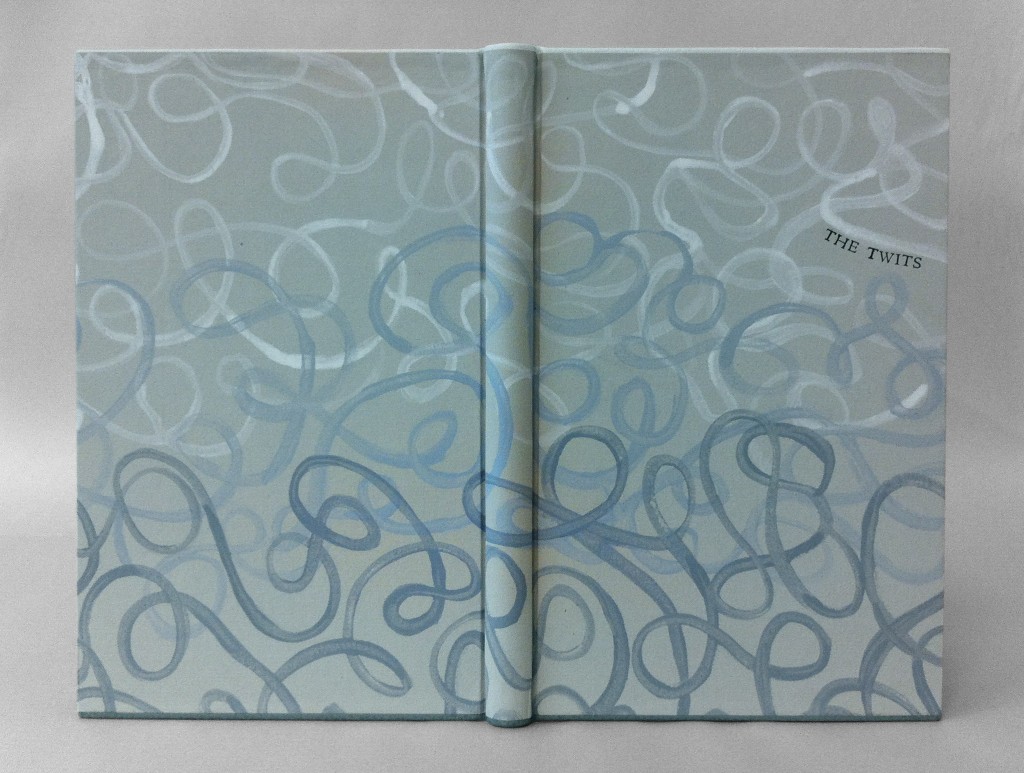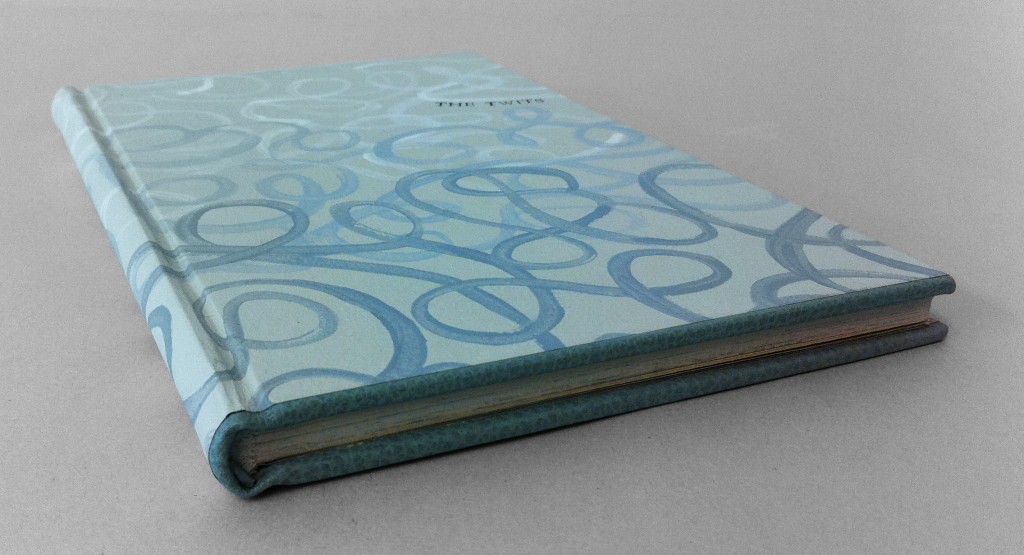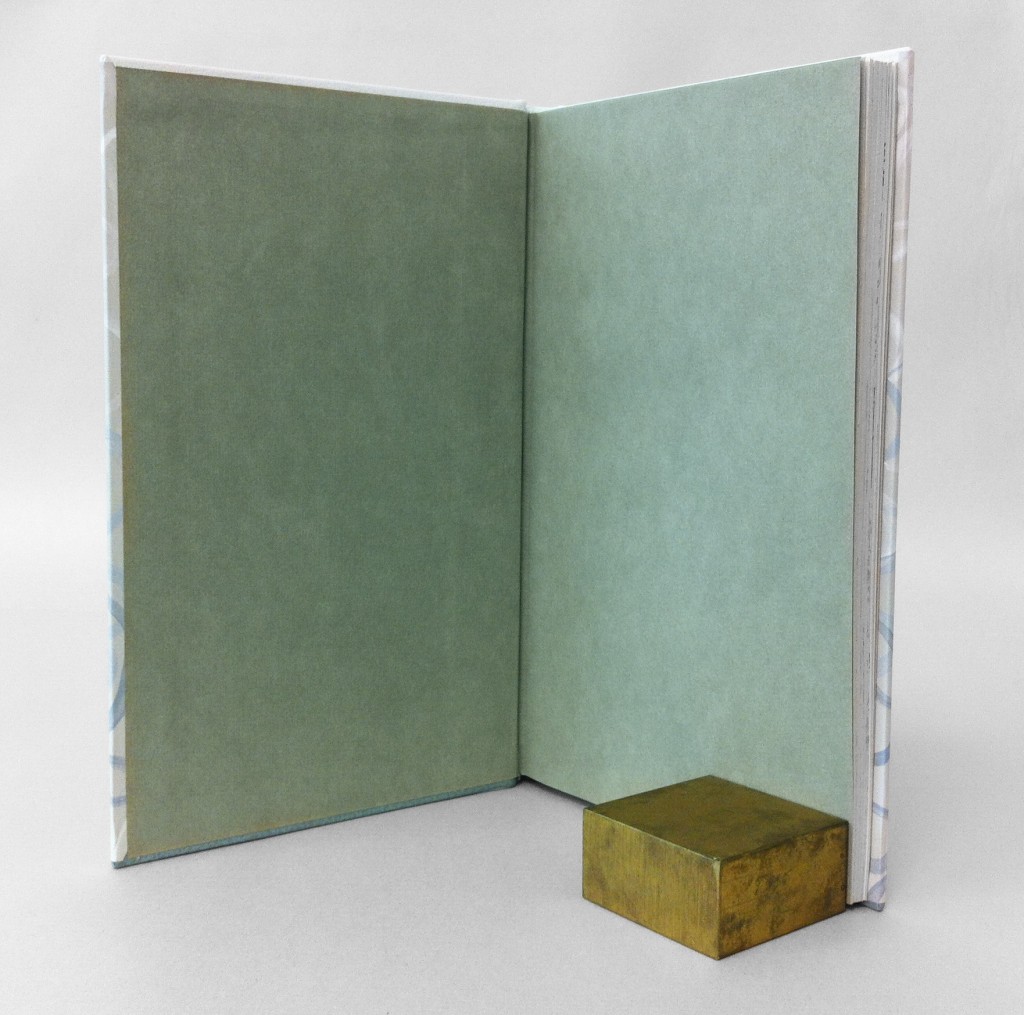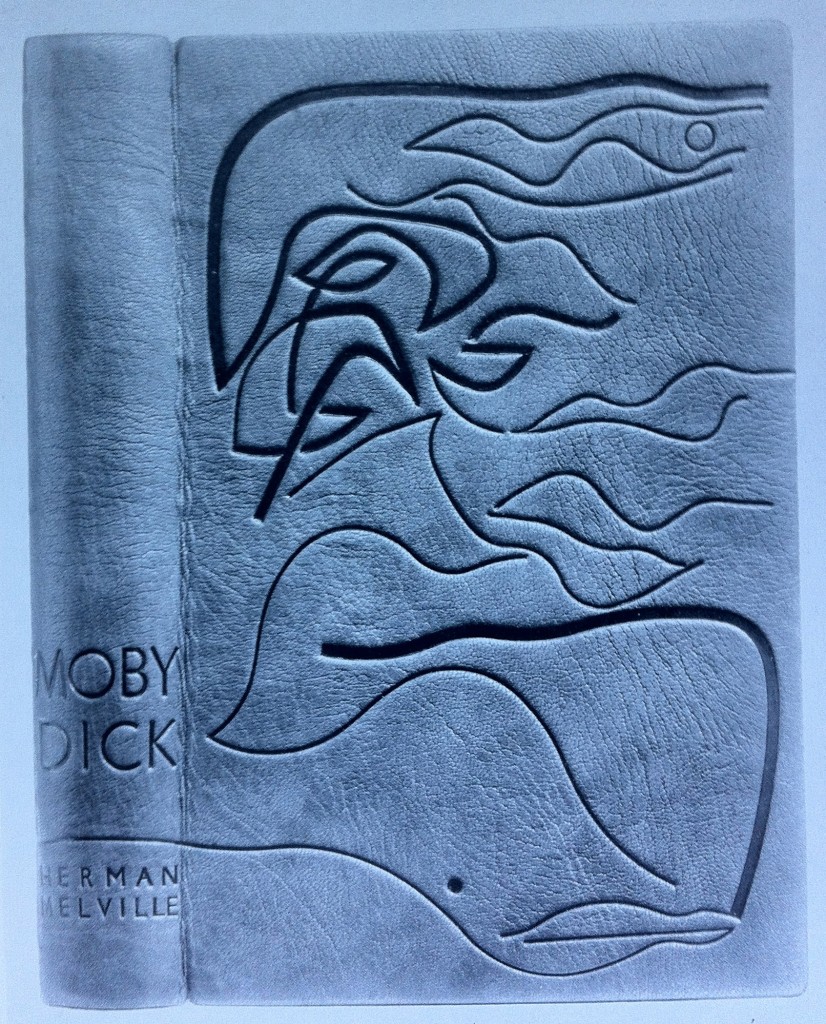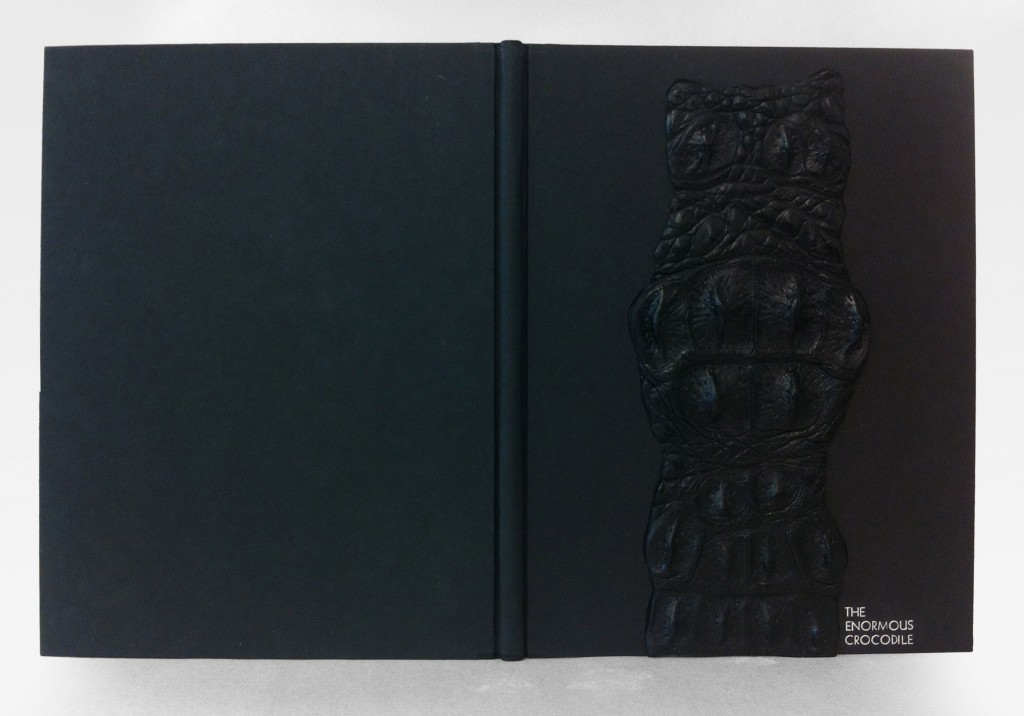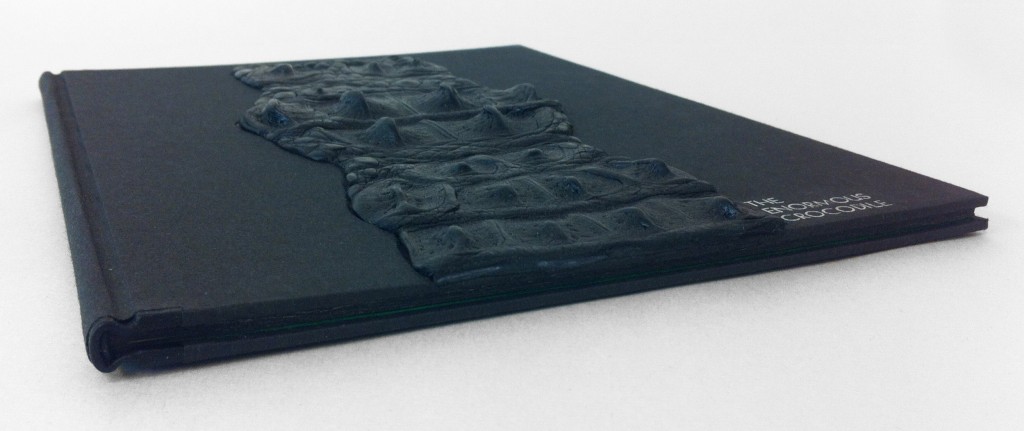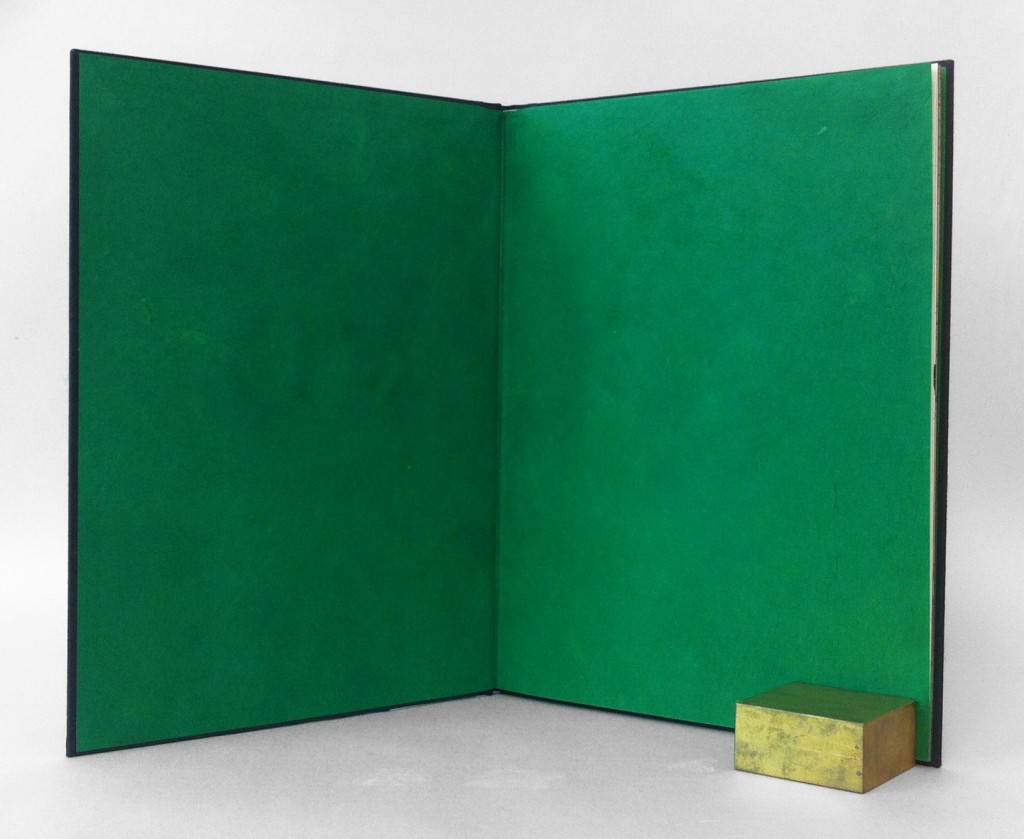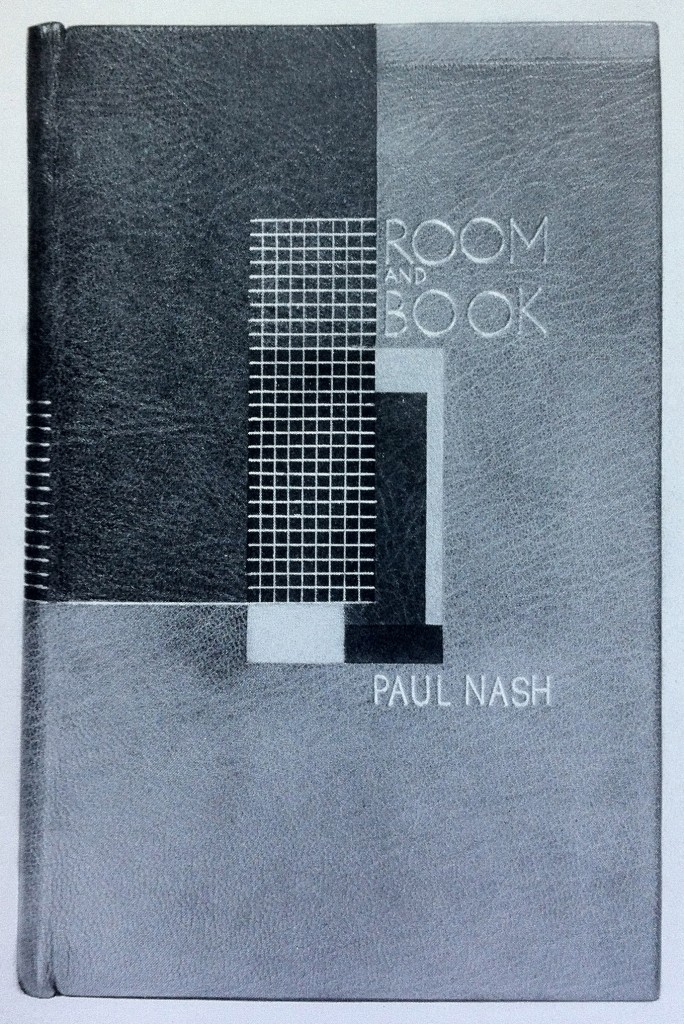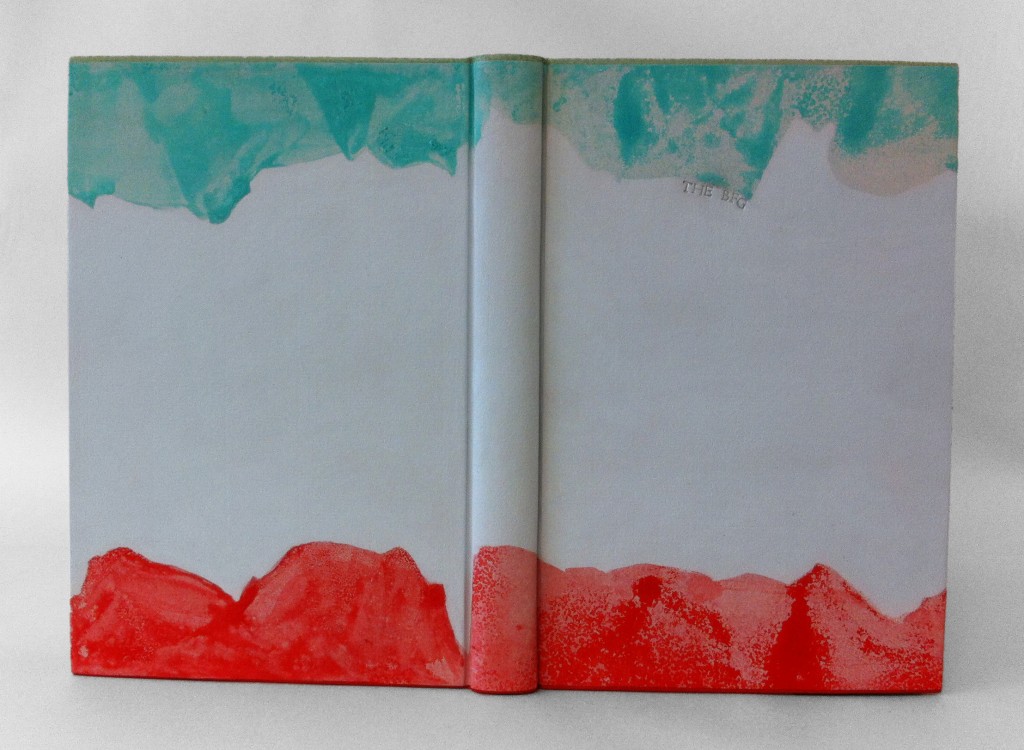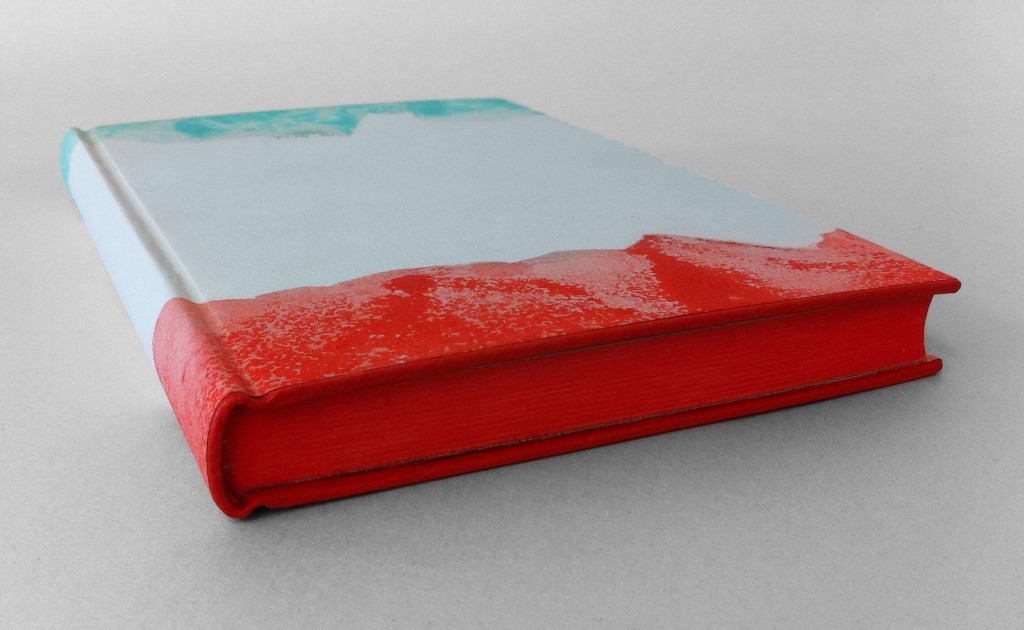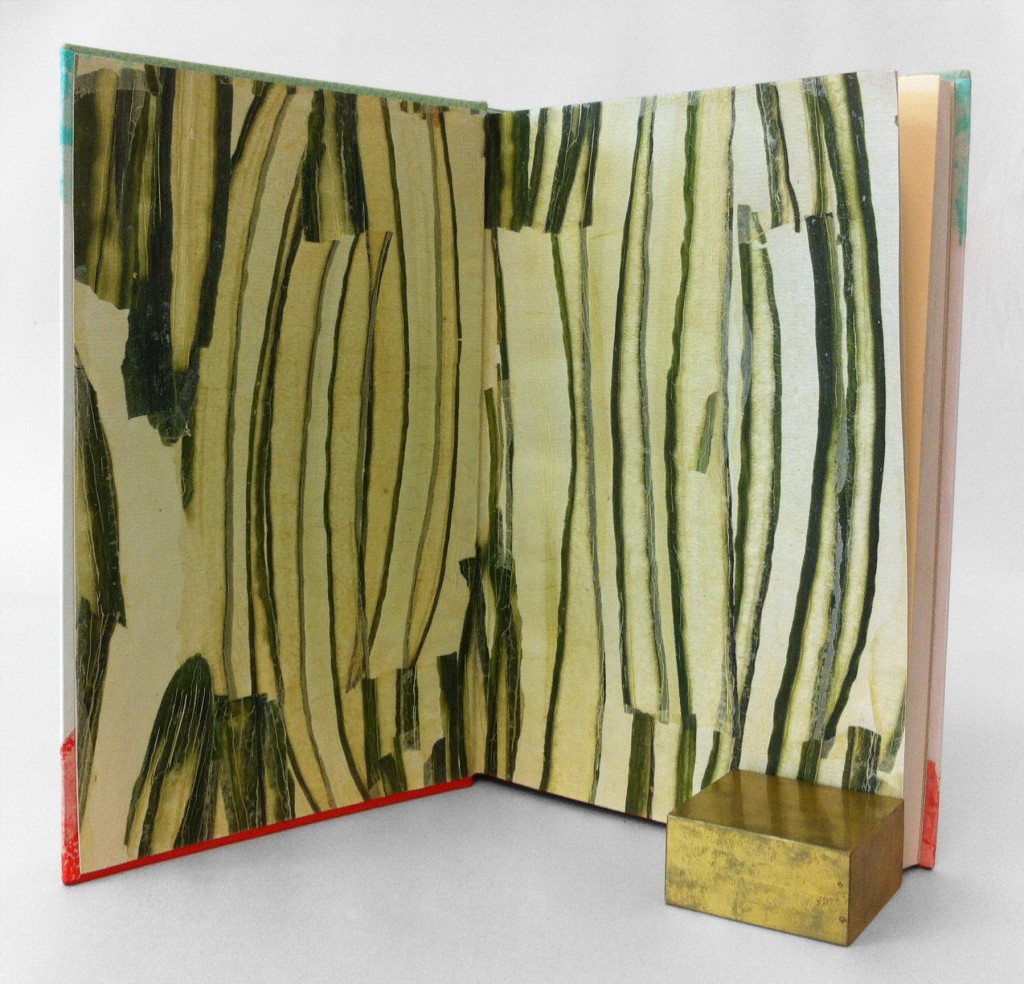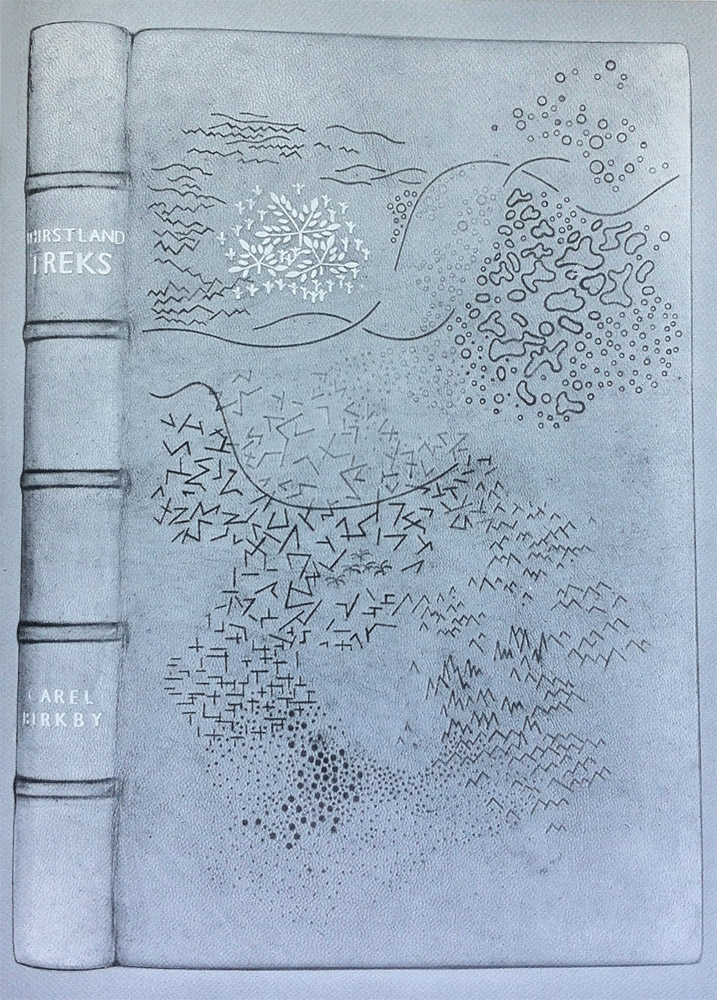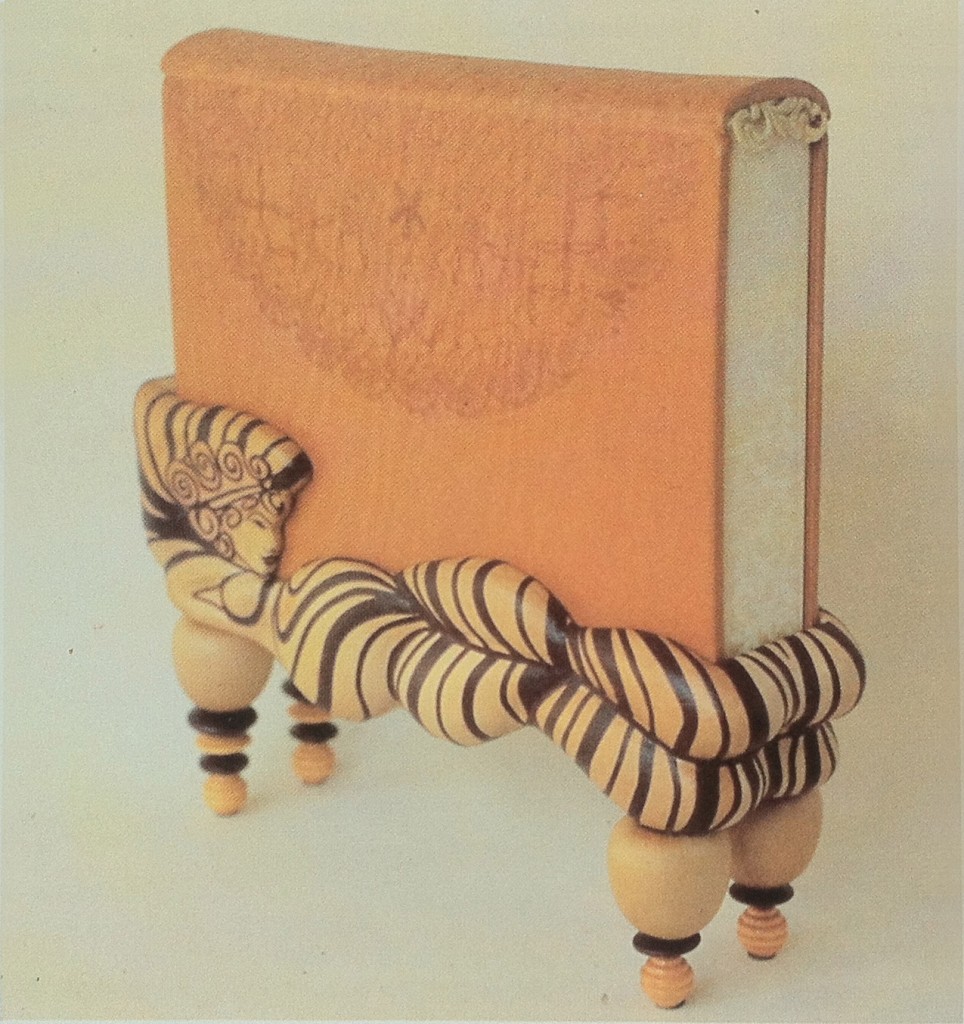 This book object and stand were crafted by Jan Sobota in 1987, the book is Rimska Lyrika (Lyrics of the Roman Empire). The book is covered in natural calfskin with blind tooling, decorative edges and headbands. The stand is made of binders board and balsa wood covered with natural goatskin and dark red onlays. The overall design is a canopy bed with slightly erotic elements inspired by the old Roman lyrics.
This book object and stand were crafted by Jan Sobota in 1987, the book is Rimska Lyrika (Lyrics of the Roman Empire). The book is covered in natural calfskin with blind tooling, decorative edges and headbands. The stand is made of binders board and balsa wood covered with natural goatskin and dark red onlays. The overall design is a canopy bed with slightly erotic elements inspired by the old Roman lyrics.
resource: The New Bookbinder: Journal of Designer Bookbinders. Volume 10, 1990.
